Yellow Christmas Cactus Set – 3” Starter Plants – Holiday
Original price was: $23.99.$17.99Current price is: $17.99.
Add a touch of festive color with this Set of 2 Yellow Christmas Cactus starter plants. Perfect for indoor gardening. Easy to care for!
Shipping and Return policies:
We stand behind our plants with our Alive & Thrive Guarantee. If you experience any issues within the first 30 days, please email us, and our team will be happy to help. When needed, we’ll send you a one-time replacement free of charge to make sure your garden keeps growing strong.
Reasonable Price
We offer reasonable price
Support 24/7
Contact us 24 hrs a day100% Money Back
You’ve 30 days to ReturnPayment Secure
100% secure paymentBrighten Your Home with Yellow Christmas Cactus
Bring the cheer of the season indoors with our delightful Set of 2 Yellow Christmas Cactus starter plants. These vibrant succulents, also known as holiday cactus, offer a unique burst of color to your home or office. Their distinctive segmented stems and potential for stunning yellow blooms make them a captivating addition to any plant collection. If you are looking for a way to brighten up your home, these would be perfect for you.
The Yellow Christmas Cactus, a type of succulent, are relatively easy to care for, making them a great choice for both beginner and experienced plant enthusiasts. Their low-maintenance nature and tolerance for neglect mean you can enjoy their beauty without spending excessive time on upkeep. They thrive indoors with bright, indirect light and well-draining soil. These are sold as starter plants.
Key Benefits of Owning a Yellow Christmas Cactus
- Vibrant Color: Brighten any space with its unique yellow blooms.
- Easy Care: Perfect for beginners and busy individuals.
- Holiday Cheer: Adds a festive touch to your home during the holiday season.
- Air Purifying: Helps to improve indoor air quality.
- Unique Gift Idea: A thoughtful and lasting present for plant lovers.
Frequently Asked Questions About Yellow Christmas Cactus
- How often should I water my Yellow Christmas Cactus? Water thoroughly when the top inch of soil feels dry, usually every 1-2 weeks. Reduce watering during the dormant period (fall/winter).
- What type of light does a Yellow Christmas Cactus need? They thrive in bright, indirect light. Avoid direct sunlight, which can scorch the leaves.
- What is the ideal temperature for a Yellow Christmas Cactus? These cacti prefer temperatures between 60-70°F (15-21°C).
- How can I encourage my Yellow Christmas Cactus to bloom? Provide a period of cooler temperatures (around 55-60°F) and reduced watering in the fall to encourage bud formation.
- Are Yellow Christmas Cactus plants toxic to pets? Christmas cactus are considered non-toxic to cats and dogs, but it’s always best to keep plants out of reach to prevent ingestion.
| Weight | 1 oz |
|---|---|
| Dimensions | 15 × 5 × 5 in |
Be the first to review “Yellow Christmas Cactus Set – 3” Starter Plants – Holiday”
You must be logged in to post a review.











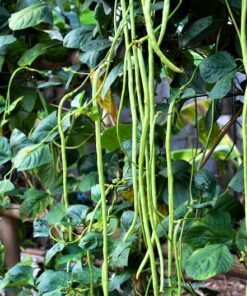

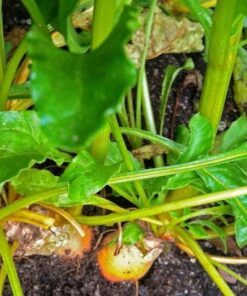

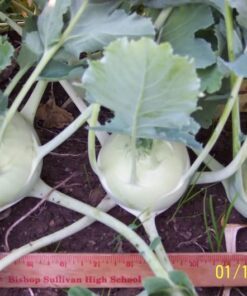

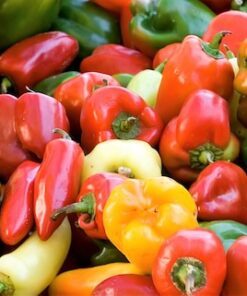

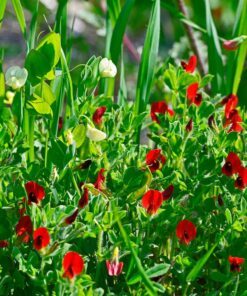

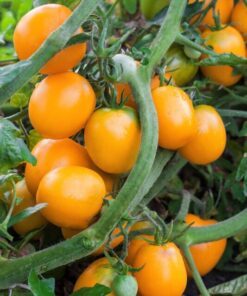

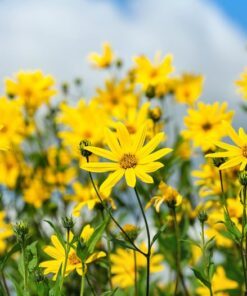
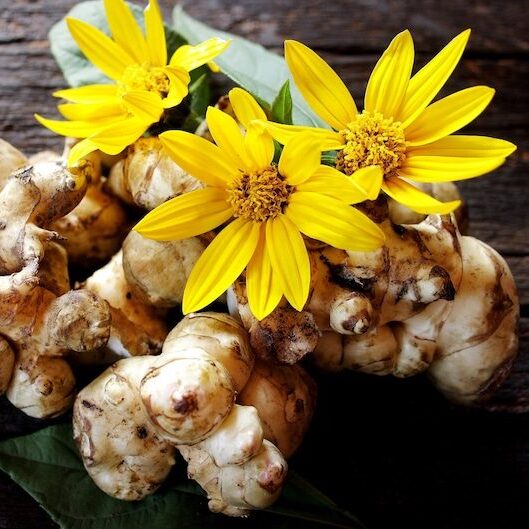
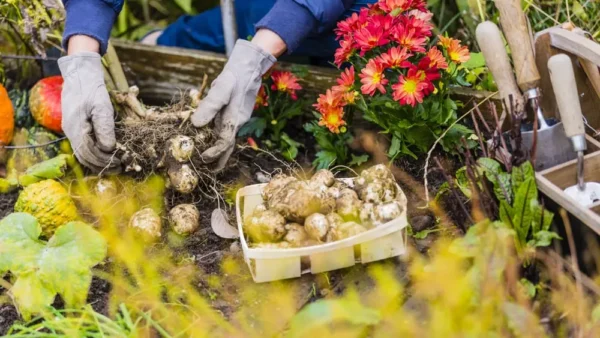
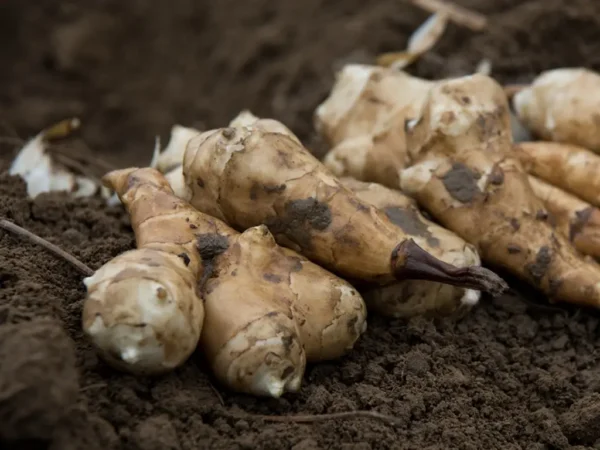
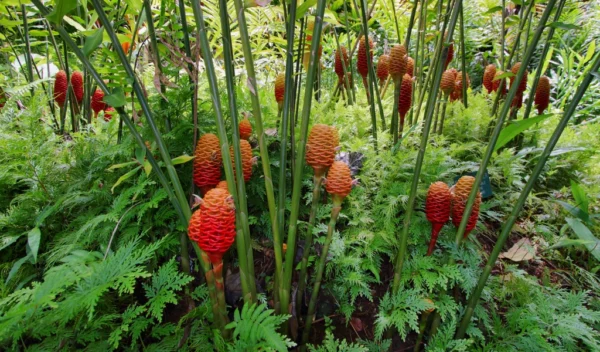
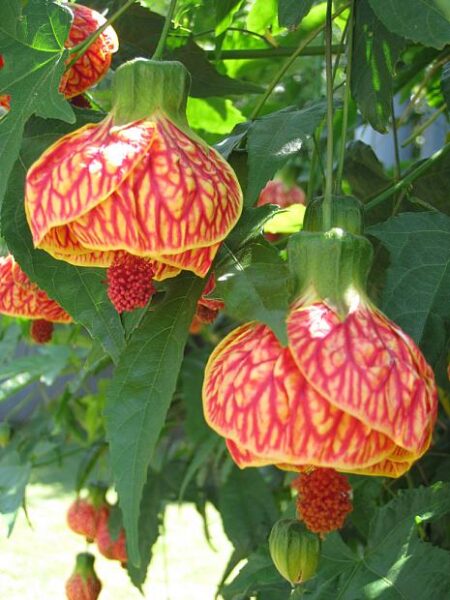
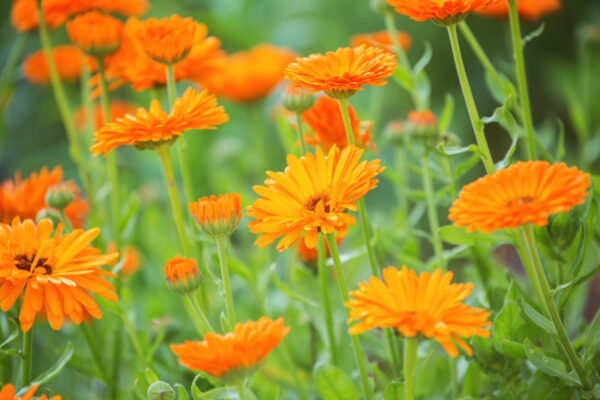
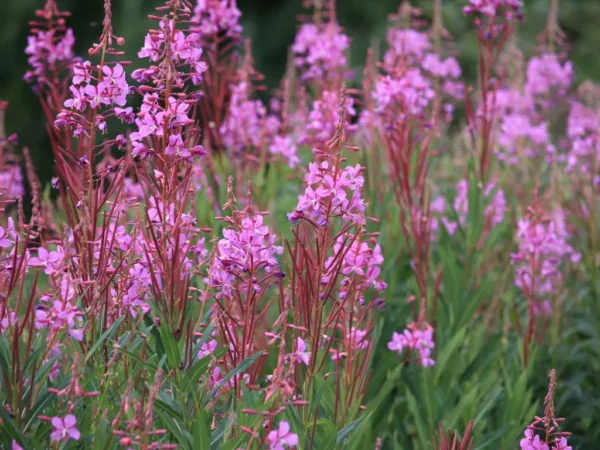
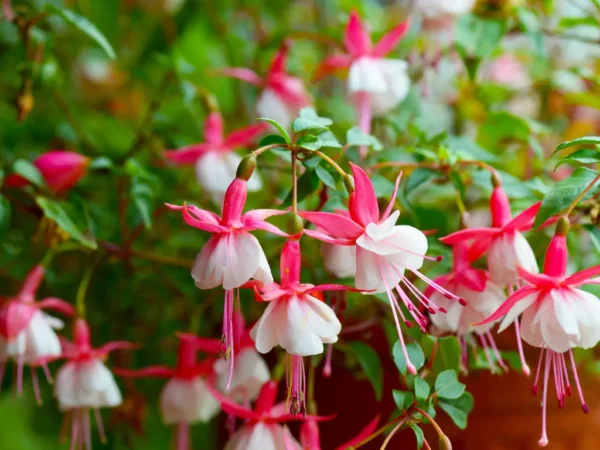
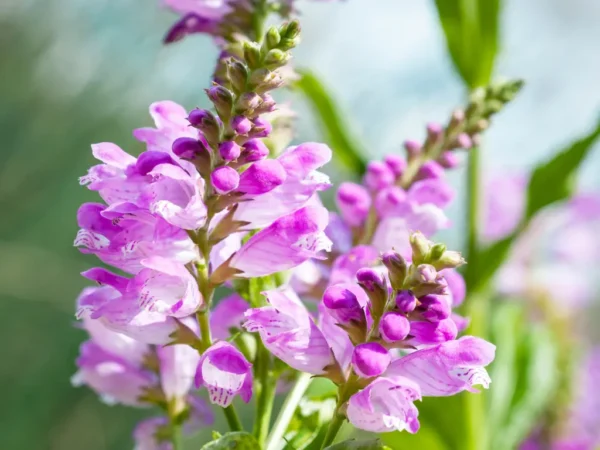



Reviews
There are no reviews yet.